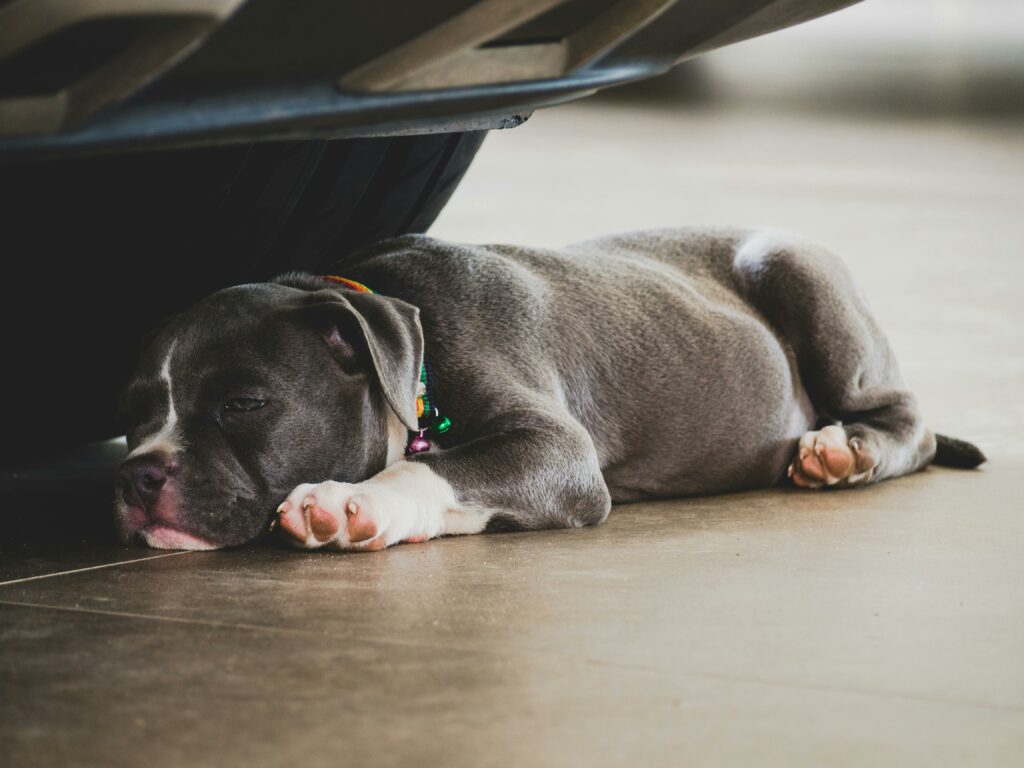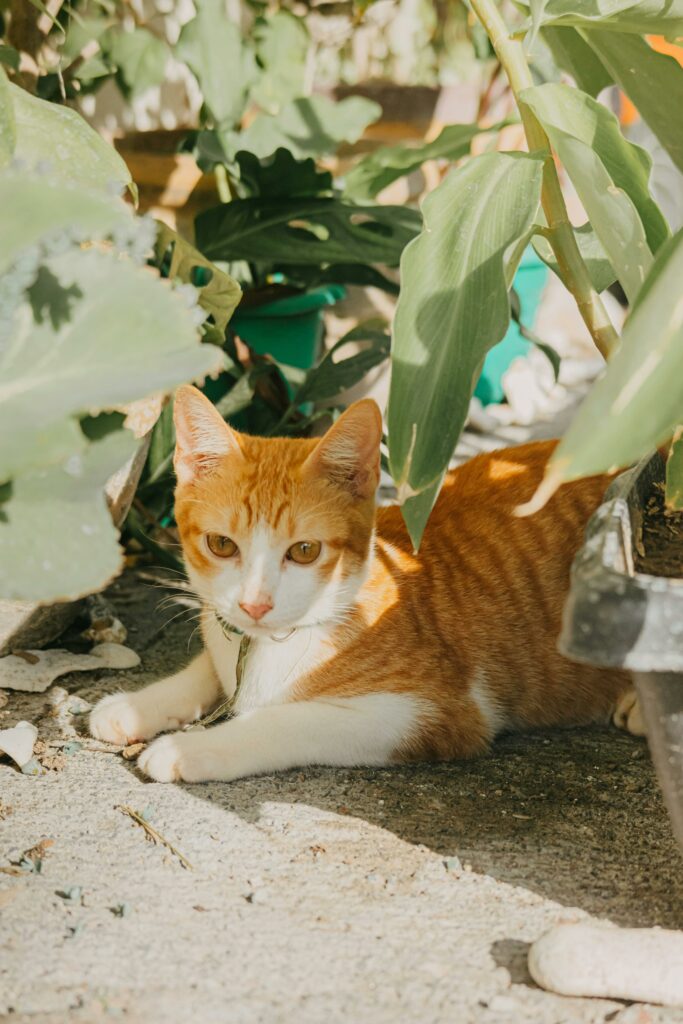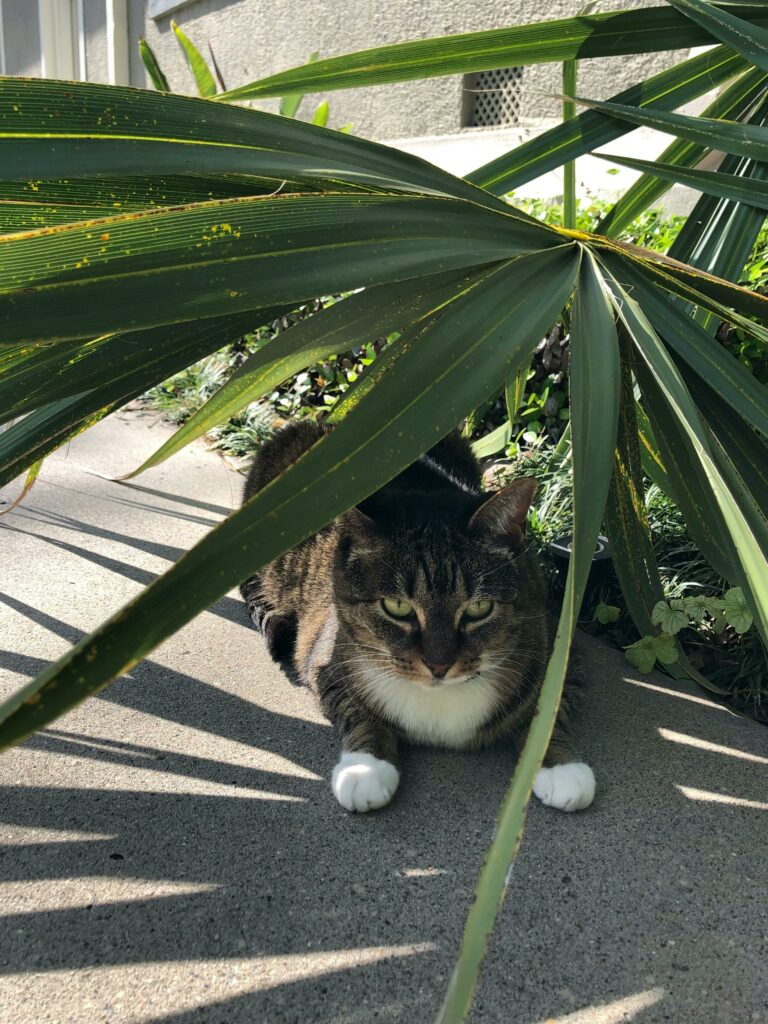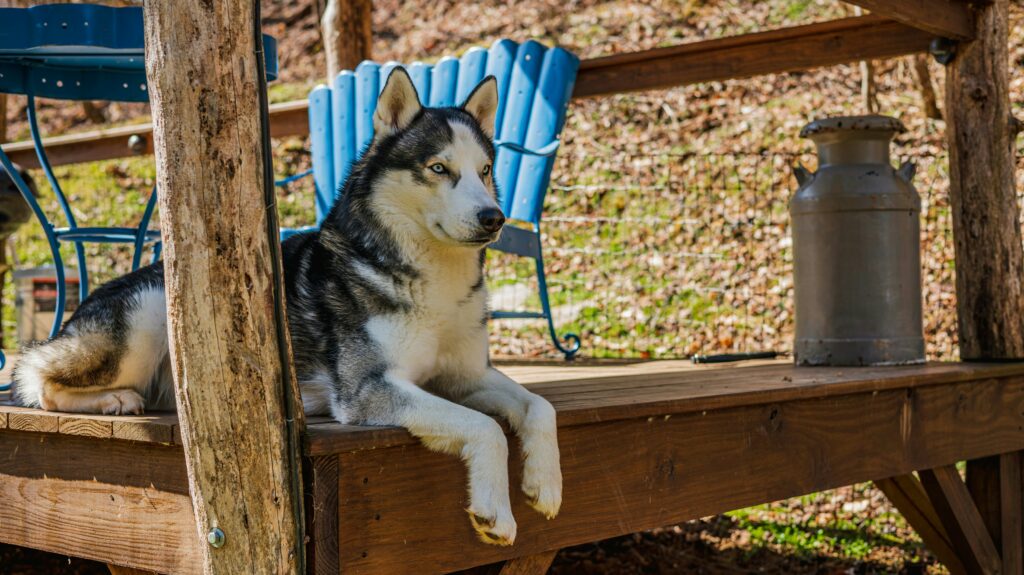
Understanding Heatstroke in Pets
Singapore’s hot and humid climate puts pets at a higher risk of heatstroke, a life-threatening condition that occurs when an animal’s body temperature rises to dangerous levels. Dogs, cats, and small animals struggle to regulate heat efficiently, making it crucial for pet owners to take preventive measures.
What Causes Heatstroke in Pets?
Several factors can contribute to heatstroke in pets:
High temperatures and humidity: When the surrounding environment is too hot, pets struggle to cool down.
Excessive exercise in hot weather: Running or playing outdoors during peak heat can cause overheating.
Lack of ventilation or shade: Being confined to an enclosed space without airflow increases body temperature.
Thick fur coats: Some breeds with dense fur are naturally more prone to overheating.
Brachycephalic (short-nosed) breeds: Dogs like Bulldogs, Pugs, and Persian cats have a harder time regulating heat due to their shortened airways.

Signs of Heatstroke in Pets
Recognizing the symptoms of heatstroke early can help prevent severe health issues or fatalities. Look out for:
Excessive panting and drooling
Lethargy or weakness
Red or pale gums
Vomiting or diarrhea
Seizures or collapse
If your pet exhibits any of these signs, take immediate action to cool them down and seek veterinary help.
1. Ensure Constant Hydration
Keeping your pet hydrated is the first line of defense against heatstroke.
Always provide fresh, cool water in multiple locations.
Use a pet water fountain to encourage drinking.
Add ice cubes to their water bowl during hot days.
Offer wet food as it contains more moisture than dry kibble.
Carry a portable pet water bottle when going outside to ensure hydration.
2. Create a Cool Environment
Singapore’s heat can be relentless, making it essential to provide a comfortable space for your pet.
Keep pets indoors during peak heat hours (10 AM – 4 PM).
Ensure they have access to shaded areas when outside.
Use cooling mats, fans, or air conditioning to maintain a comfortable temperature.
Provide ceramic or marble flooring, which stays cool.
Keep their bedding in well-ventilated areas.
Use blackout curtains or UV-blocking window films to reduce indoor temperatures.

3. Limit Outdoor Activities
Exercise is important, but excessive heat can be dangerous.
Walk dogs early in the morning or late in the evening when temperatures are lower.
Avoid hot pavement, which can burn paws. If it’s too hot for your hand, it’s too hot for your pet’s feet.
Carry a portable water bottle and bowl during outings.
Keep outdoor playtime short and supervise them closely.
Consider investing in protective paw wax or booties to prevent paw pad burns.
Opt for indoor enrichment activities, such as puzzle toys, to keep your pet engaged.
4. Use Cooling Techniques
Employ various methods to keep your pet cool:
Provide a cooling vest or damp towel to lower body temperature.
Offer frozen treats made from pet-safe ingredients like frozen broth or fruit cubes.
Spray cool (not ice-cold) water on their belly and paws.
Set up a small paddling pool for dogs that enjoy water.
Regularly brush your pet to remove excess fur that can trap heat.
5. Never Leave Pets in Parked Vehicles
Even with the windows cracked, the temperature inside a car can rise dangerously fast. Pets can suffer from heatstroke within minutes. Always bring them along if you leave the car.
A parked car in Singapore’s heat can reach over 50°C (122°F) in minutes.
Even a few minutes can cause organ failure or death.
If you see a pet left in a car, notify authorities or animal welfare groups immediately.

6. Recognize High-Risk Pets
Some pets are more prone to heatstroke than others:
Brachycephalic breeds (e.g., Bulldogs, Pugs, Persian cats) struggle with breathing.
Elderly pets and puppies have weaker temperature regulation.
Overweight animals retain more heat.
Pets with thick fur coats suffer more in warm weather.
Pets with existing heart or respiratory conditions are at greater risk.
Taking extra precautions with these high-risk pets is essential to keeping them safe.
7. Emergency Response to Heatstroke
If you suspect heatstroke, act immediately:
Move your pet to a cool, shaded area.
Offer cool water, but do not force them to drink.
Wet their paws, belly, and ears with cool water.
Use a fan or air conditioning to lower body temperature.
Seek veterinary assistance immediately.
What Not to Do in a Heatstroke Emergency
Do not use ice-cold water, as it can cause shock.
Do not force-feed water if your pet is unconscious.
Do not ignore symptoms, as heatstroke can be fatal if untreated.

Conclusion
Protecting your pet from heatstroke in Singapore requires proactive care, including hydration, a cool environment, limited outdoor activities, and emergency awareness. By implementing these precautions, you can ensure your furry companion stays safe and comfortable despite the heat.
Heatstroke prevention is an essential part of responsible pet ownership. Understanding your pet’s needs and the risks of Singapore’s climate will help ensure their long-term health and well-being.
References
Heatstroke in Cats: Signs, Treatment, and Prevention – https://www.petmd.com/cat/conditions/systemic/heatstroke-cats
Don’t let the dogs out: How to keep your pets safe during extreme heat – https://www.straitstimes.com/singapore/don-t-let-the-dogs-out-how-to-keep-your-pets-safe-during-extreme-heat
Heatstroke in dogs – https://www.rspca.org.uk/adviceandwelfare/pets/dogs/health/heatstroke
Share this:
- Click to share on WhatsApp (Opens in new window) WhatsApp
- Click to share on Facebook (Opens in new window) Facebook
- Click to share on LinkedIn (Opens in new window) LinkedIn
- Click to share on Pinterest (Opens in new window) Pinterest
- Click to share on Tumblr (Opens in new window) Tumblr
- Click to share on X (Opens in new window) X
- Click to share on Reddit (Opens in new window) Reddit
- Click to share on Telegram (Opens in new window) Telegram
- Click to email a link to a friend (Opens in new window) Email
- Click to print (Opens in new window) Print






























